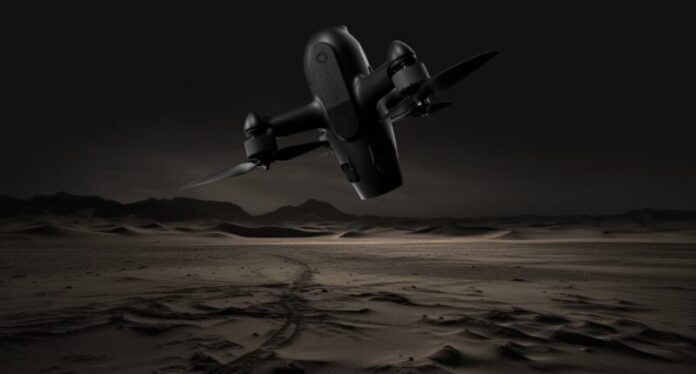A French technology startup has unveiled a new lightweight drone designed to intercept and destroy hostile unmanned aerial vehicles (UAVs) within 60 seconds of launch.
The drone, known as “Gobi”, has been developed by Harmattan AI, and is currently undergoing flight trials. Built without a traditional warhead, Gobi weighs less than two kilograms and can reach speeds of up to 250 kilometres per hour (155 mph), with an operational range of five kilometres (3.1 miles).
According to the company, the drone can engage and neutralise UAVs weighing up to 600 kilograms (1,322 pounds).
Direct-Impact Neutralisation
Instead of using explosives or proximity-fused charges, Gobi is designed to disable enemy drones by direct collision, targeting vulnerable components such as propellers. This approach reduces cost and weight while maintaining lethality.
Harmattan AI describes the drone as “ultra cost-effective”, making it suitable for frequent deployments in conflict zones where drone incursions are common.
Three-Phase Operation
Gobi operates using a three-phase engagement system. First, it scans the surrounding airspace using electromagnetic and radio frequency sensors to detect incoming threats.
Once a hostile drone is identified, Gobi is launched and guided by radio signals, receiving real-time coordinate updates en route. As it approaches the target, it switches to infrared tracking and uses computer vision technology to identify the optimal impact point, adjusting its trajectory in mid-air.
The system is also capable of integrating with command-and-control (C2) platforms, enabling it to share targeting data, avoid friendly aircraft, and operate autonomously if required.
Operational Potential
While the drone’s effectiveness in challenging terrain is still under assessment, its ability to function independently within a broader C2 network increases its appeal for both military and border defence applications.
No timeline has been given for full deployment, but Harmattan AI confirmed that initial models are currently undergoing live flight tests.
The announcement comes amid rising demand for low-cost, rapidly deployable counter-drone systems, as modern battlefields see increasing use of UAVs for both surveillance and attack.
















